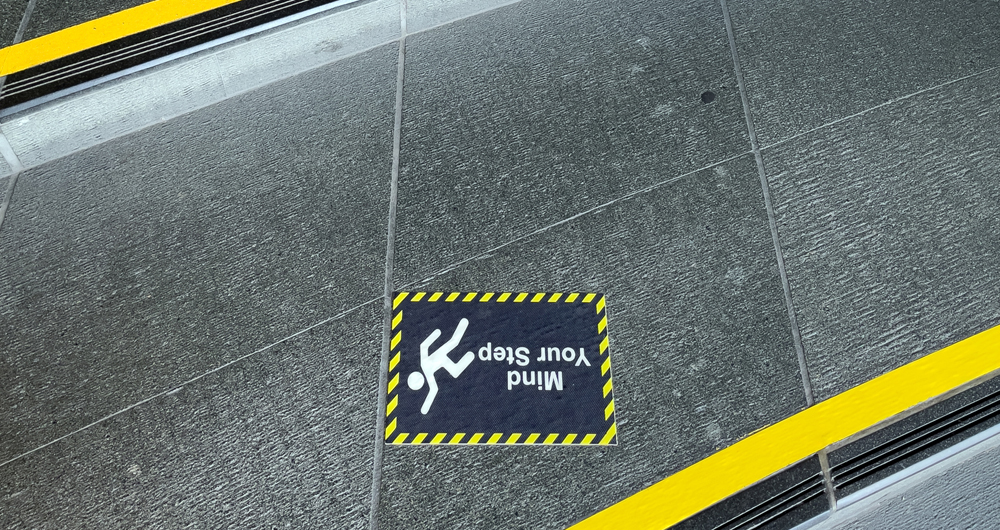Although hurdles remain, successful implementation of a “named perils” approach to liability coverage could improve allocation of capital in casualty insurance, allowing for limits that better reflect an account’s operational hazards. Learn more.
“NAMED PERILS” LIABILITY COVERAGE
It’s desirable. Is it possible?
By Joseph S. Harrington, CPCU
In property insurance, “named perils” means “no surprises,” at least when it comes to the cause of a loss. A carrier may be surprised by the amount of damage caused by a named peril, but shouldn’t be surprised by the event itself.
Recently, liability insurance professionals have taken to envisioning a “named perils” approach to general liability (GL) coverage. The term expresses a desire to avoid general liability exposure for latent, unknown hazards that linger undetected in insured operations and on occurrence-based coverage forms. You can’t underwrite and rate for something if you don’t know it’s there.
… insuring liability exposure on named-peril liability basis will provide “greater coverage certainty at risk-appropriate prices.”
If liability coverage could be written on something like a named-perils basis, the reasoning goes, general liability carriers could offer higher limits for the hazards reasonably expected by the nature of insured operations. Yet, indefinite exposure to unknown hazards and occurrences acts as a constraint on limits.
Debut at RIMS
You might say that the notion of named-perils liability coverage was formally introduced into the insurance lexicon during the April 2021 annual conference of the Risk and Insurance Management Society (RIMS). In a presentation titled, “Thinking Creatively About Liability Risk Transfer,” liability modelling expert Robert Reville spoke of how a named-perils approach to liability coverage would “allow a risk manager to buy a much more tailored product” for its organization’s risk profile.
Reville is president and CEO of Praedicat, a liability risk modelling firm formed in 2012 from a joint initiative of catastrophe risk modeler RMS, Inc., and the RAND Corporation, which is known for its research into civil justice.
Reville’s presentation followed an announcement by Praedicat and Aon of a joint initiative to develop “named peril products” to help insurers transfer general liability and management liability risks to reinsurers and capital markets. In the announcement and presentation, Reville maintained that insuring liability exposure on named-peril liability basis will provide “greater coverage certainty at risk-appropriate prices.”
In short, a greater share of premium and higher limits would be directed toward coverage for an account’s most pressing hazards.
Behind the curtain
In a sense, there is precedent for named-perils coverage in liability insurance.
The entire structure of liability coverage is based on distinctions among different types of liability. Auto, general, management, professional, and other types of liability are insured under policies devoted to each type of liability and excluding coverage for the other types. In commercial general liability (CGL) policies, personal injury coverage is triggered by offenses specified in the policy.
Nonetheless, GL insurance carries an expectation that people who have been injured or suffered property damage will be compensated, and that legally liable insureds will be protected from financial ruin, regardless of what caused the injury or damage.
Given that, any attempt to implement a named-perils approach to general liability coverage has to develop behind the scenes, between insurers and reinsurers, at least at first.
The Aon-Praedicat initiative is essentially designed to allow reinsurers to provide towers of coverage for specified liability hazards in an account’s operations or across a book of business. It’s all based on Praedicat’s use of machine reading of journal articles to measure the likelihood that particular substances and processes will lead to bodily injury and property damage claims. Praedicat claims to have a “library” of more than 200 emerging “perils.”
Reinsurers and insurers
Under the arrangement, it is easy to see how reinsurers might attain the advertised benefits of narrowing their exposures, collecting sufficient rate for past exposures, and “filling gaps” for years when reinsurance was not in place.
It’s harder to see how primary GL carriers can enjoy those benefits, as they will presumably have to continue issuing CGL policies on an “open perils,” or “all risks,” basis, to borrow again from property insurance terminology. Primary carriers would continue to provide limits with an eye toward the possibility of a catastrophic surprise, and cede most of their exposure for coverage of specified causes of loss.
Amanda Nguyen, senior managing director for Aon Reinsurance Solutions, explained that the proposed application of the named-perils approach in reinsurance is not intended to replace existing clash coverages or to limit coverage for cedants. It could, she said, provide an option for primary carriers seeking to bolster capacity for legacy and in-force exposures, “top up” capacity for particular hazards, or maintain growth in classes with potentially high casualty accumulations.
Although hurdles remain, successful implementation of a “named perils” approach to liability coverage could significantly improve the allocation of capital in casualty insurance, allowing for limits that better reflect the operational hazards of an account.
The author
Joseph S. Harrington, CPCU, is an independent business writer specializing in property and casualty insurance coverages and operations. For 21 years, Joe was the communications director for the American Association of Insurance Services (AAIS), a P-C advisory organization. Prior to that, Joe worked in journalism and as a reporter and editor in financial services.





